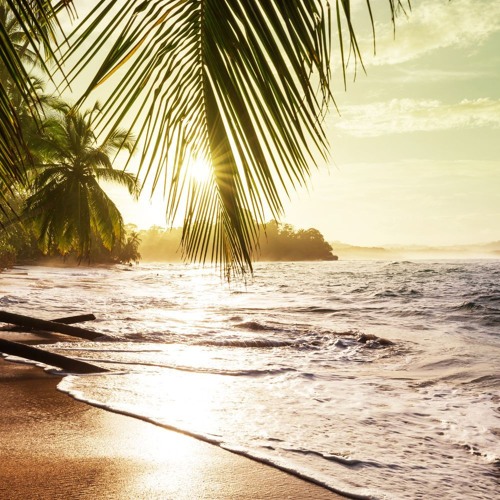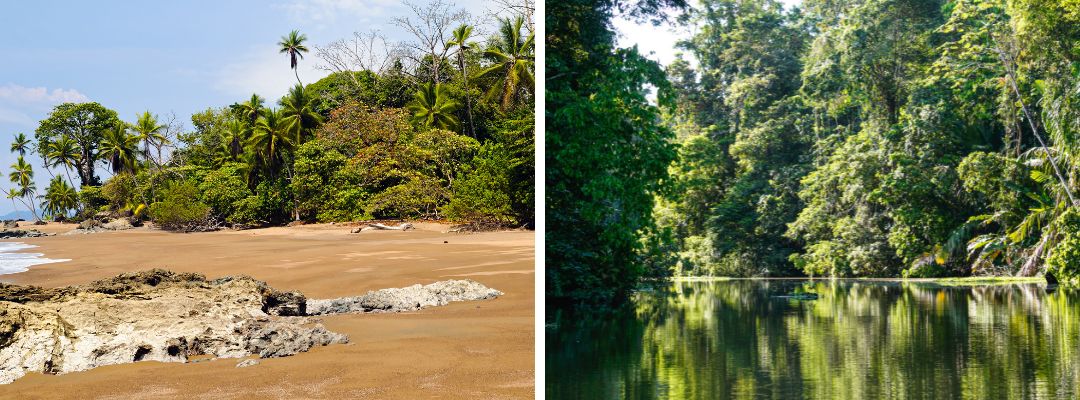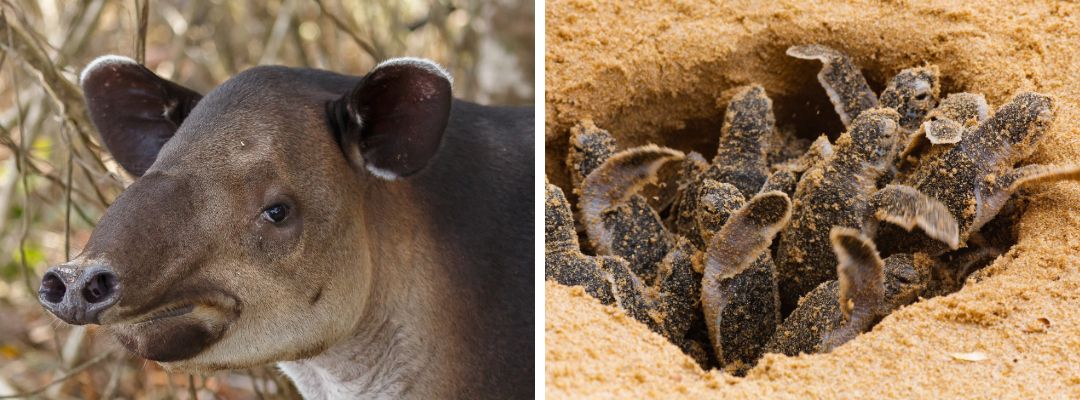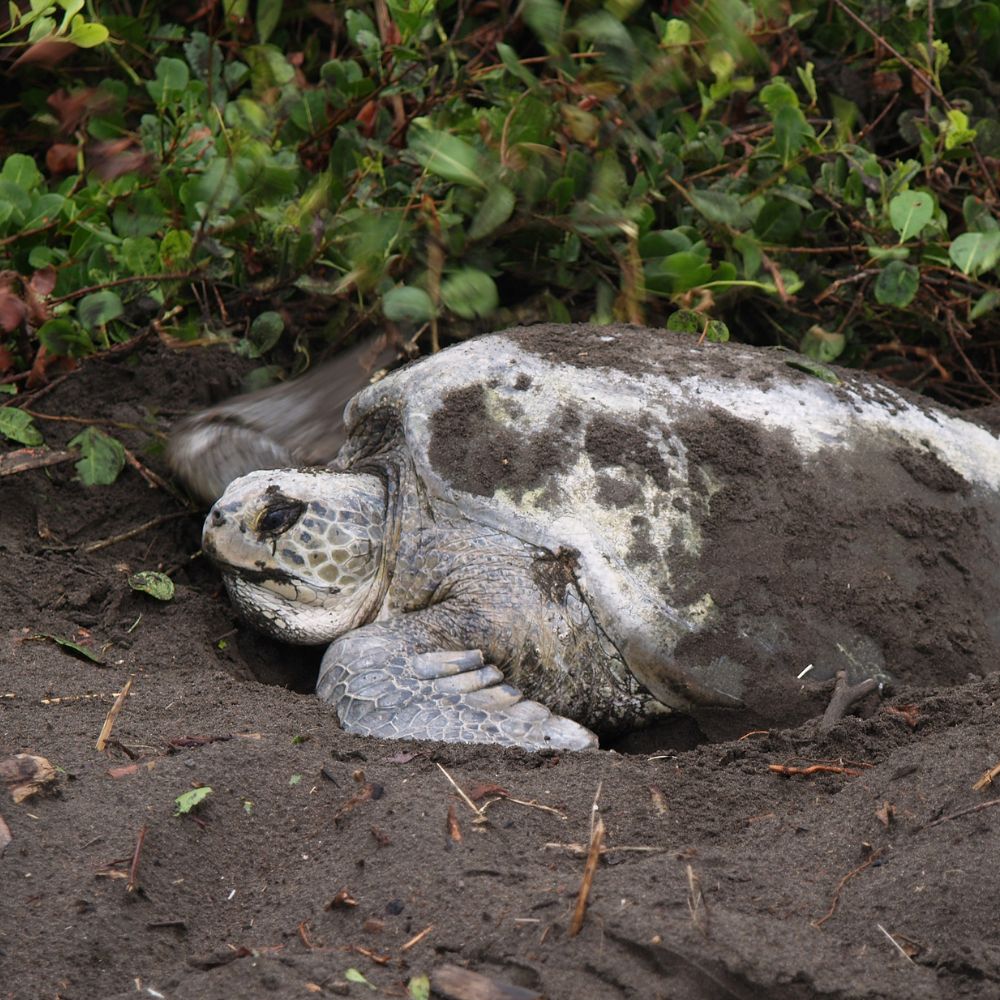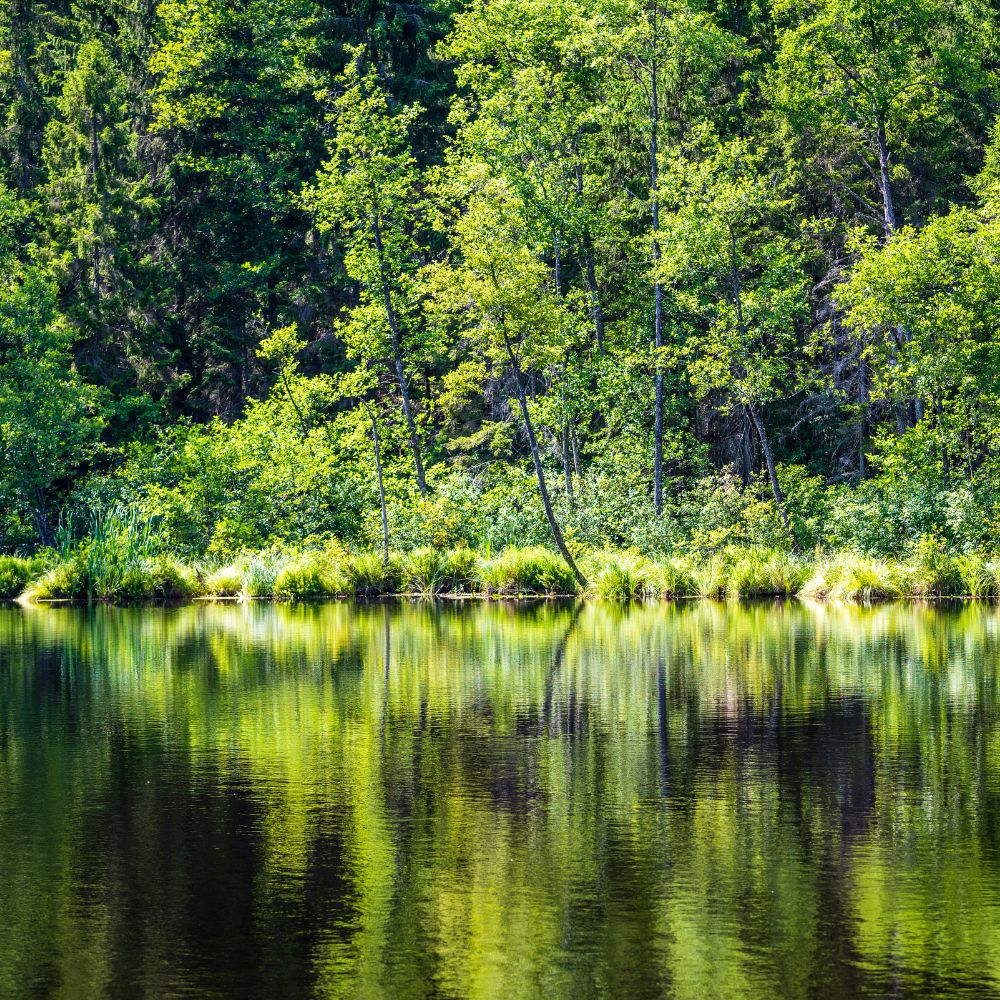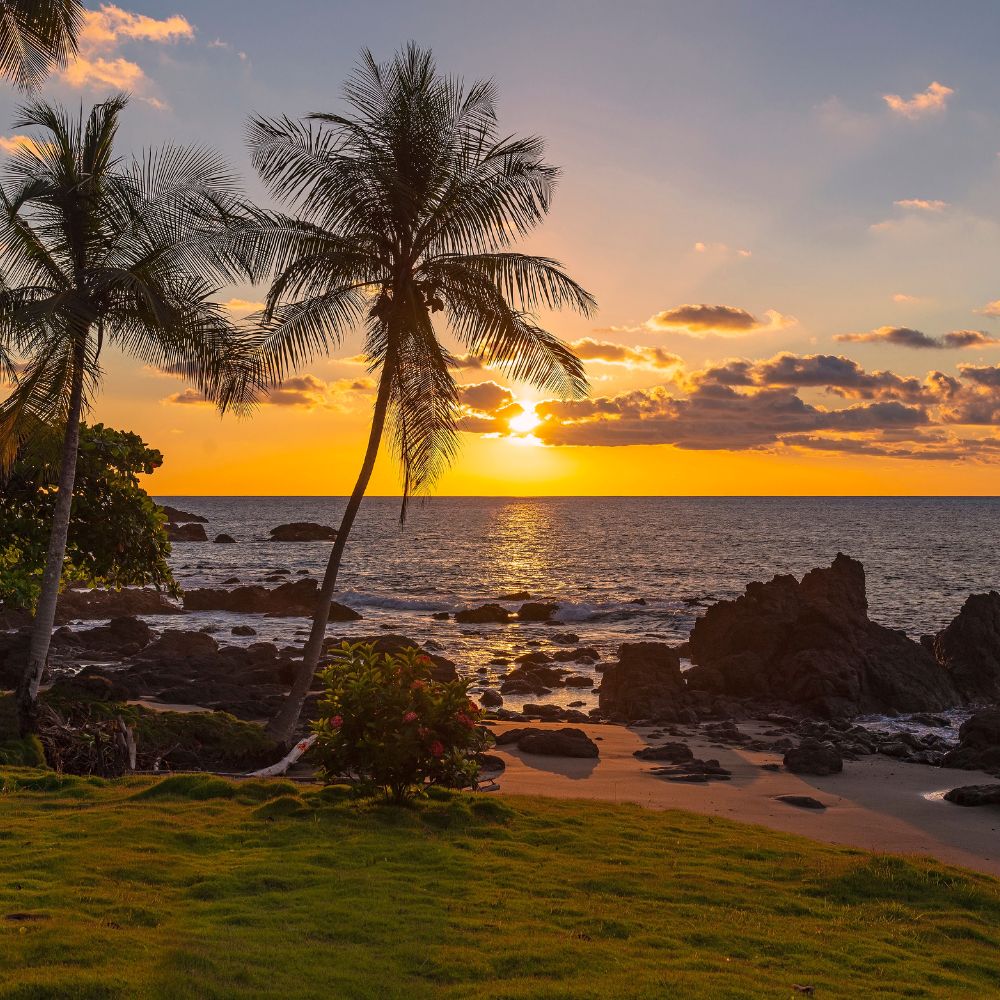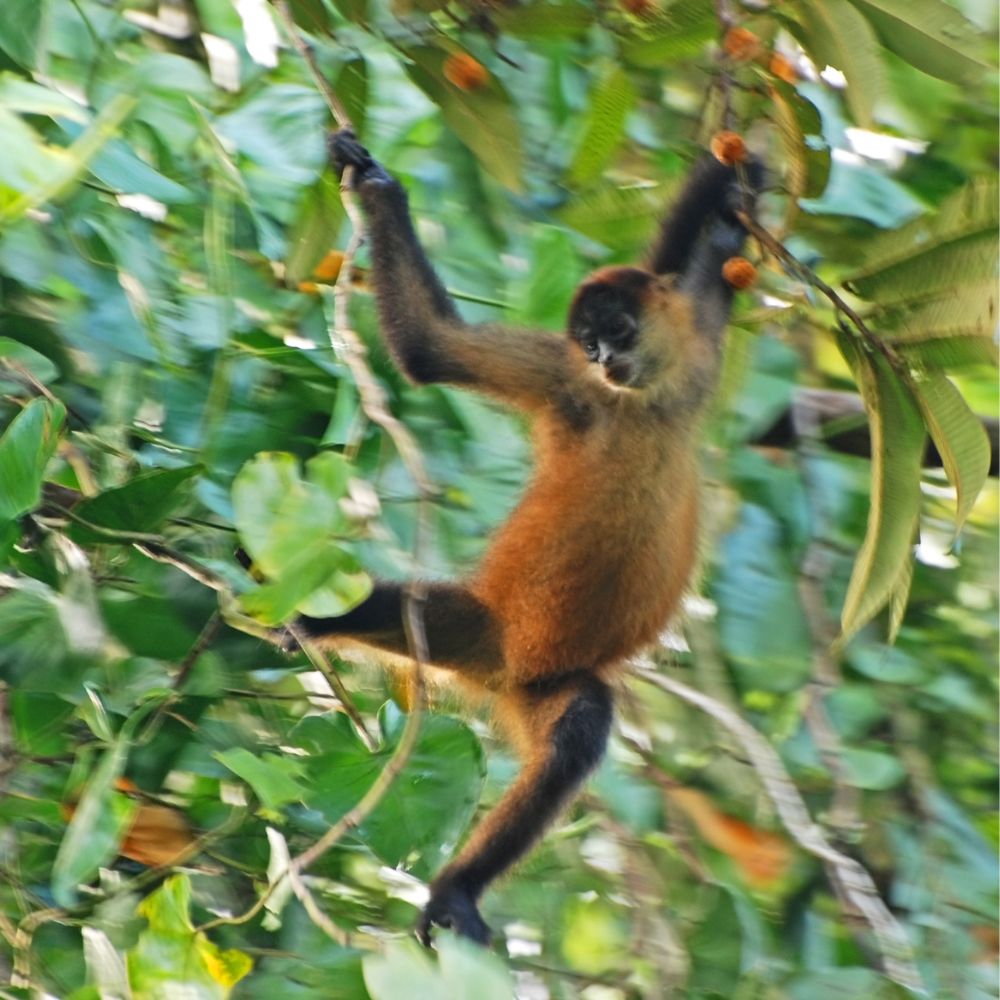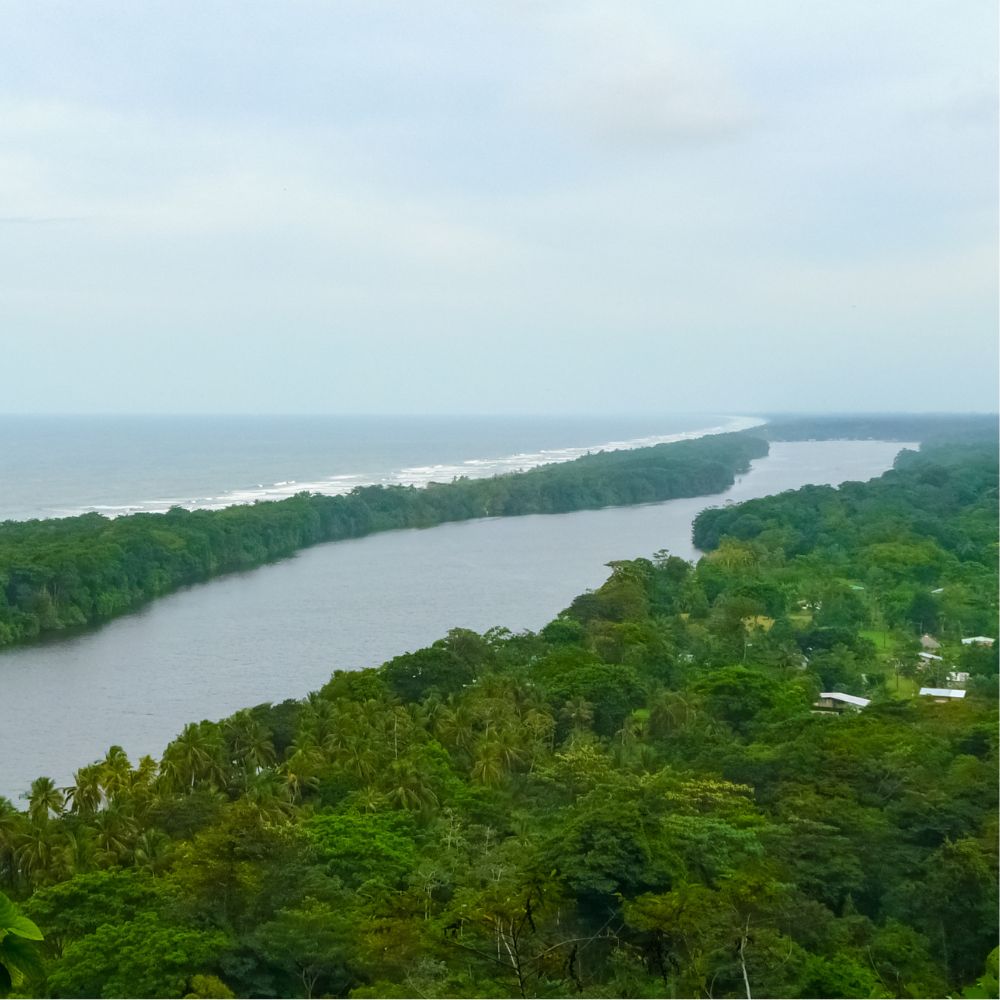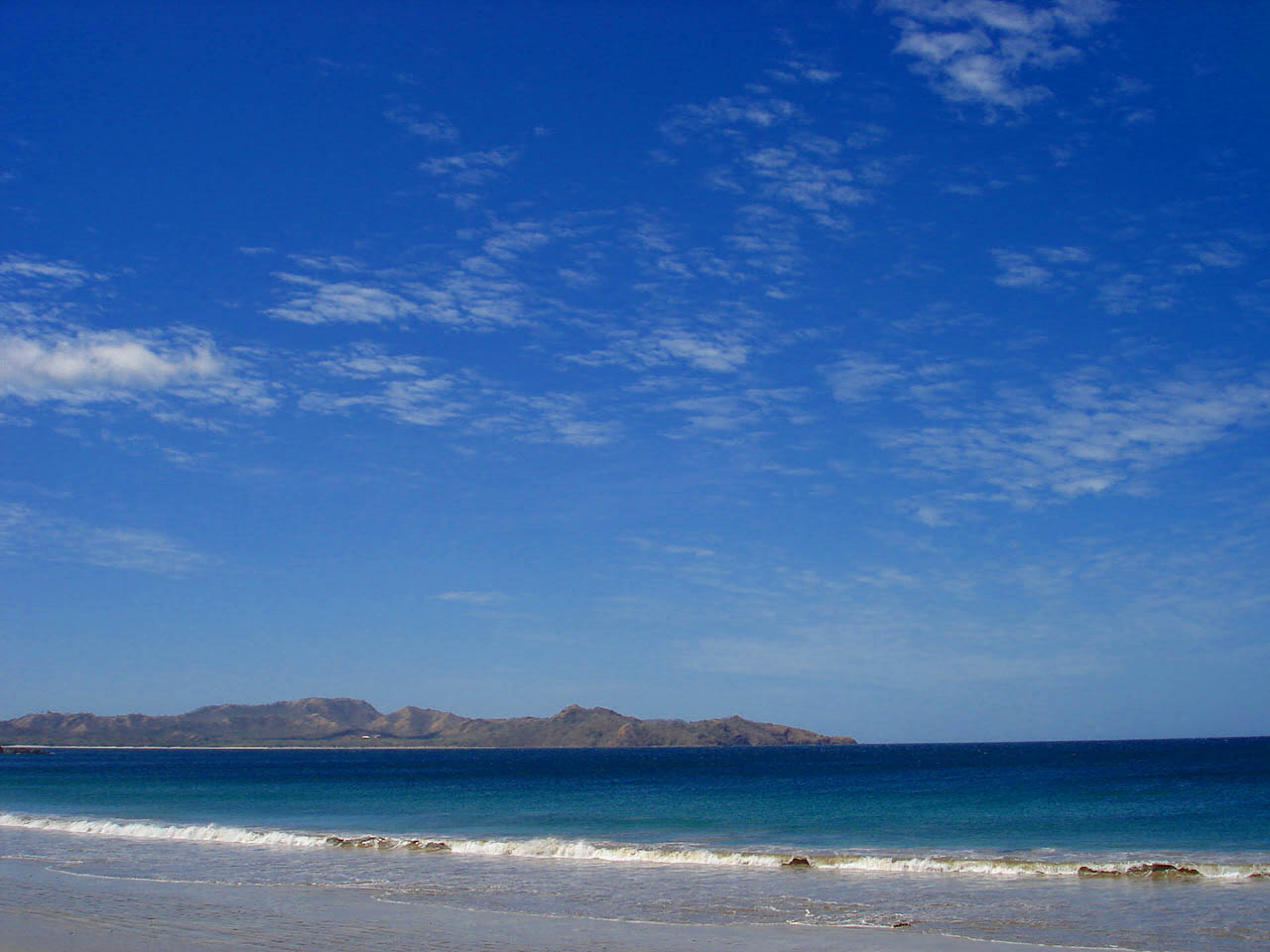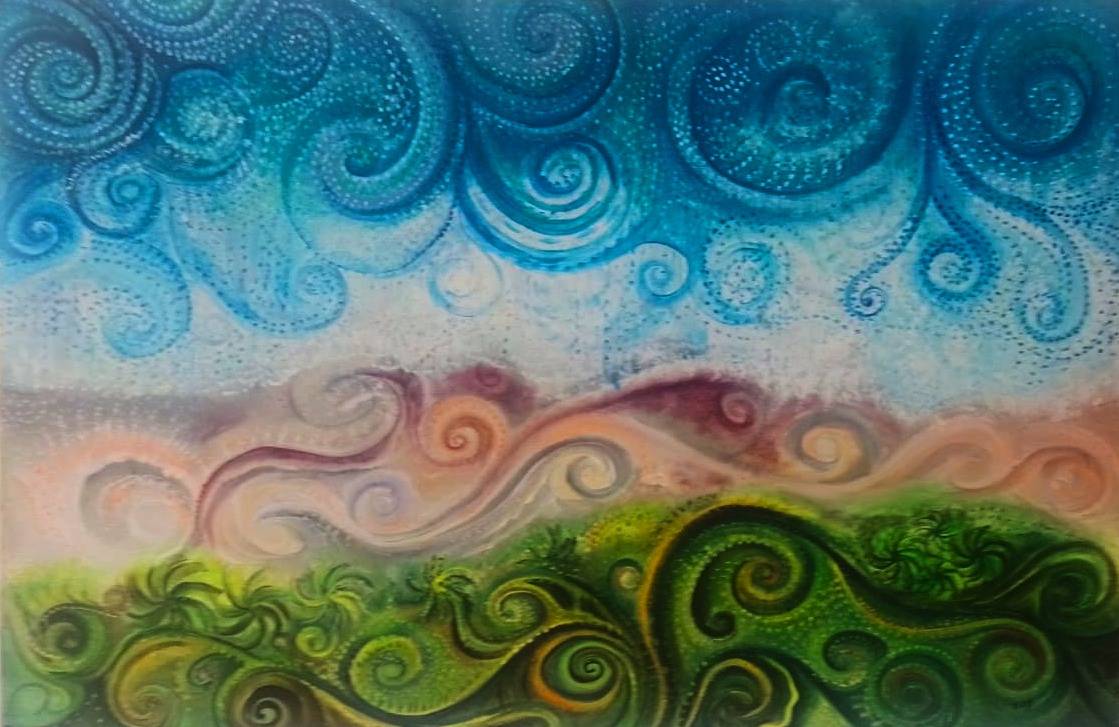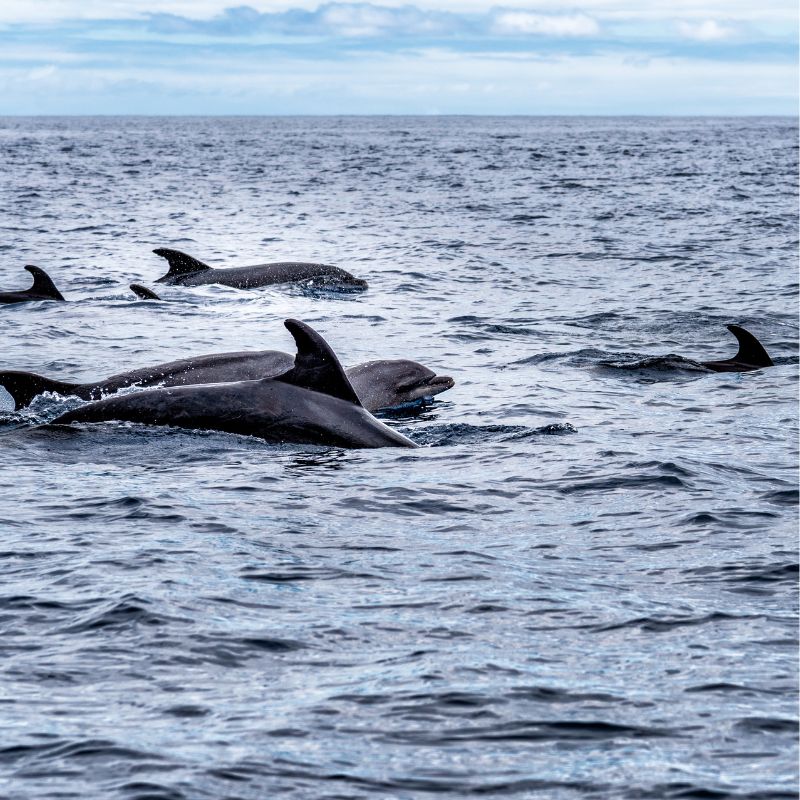Among the Must See Places in Costa Rica, the first destination (or the last) is usually the Tortuguero National Park and Region. Why is this? What is it that makes Tortuguero a unique place? Keep on listening, or read on, and we’ll tell you about it!
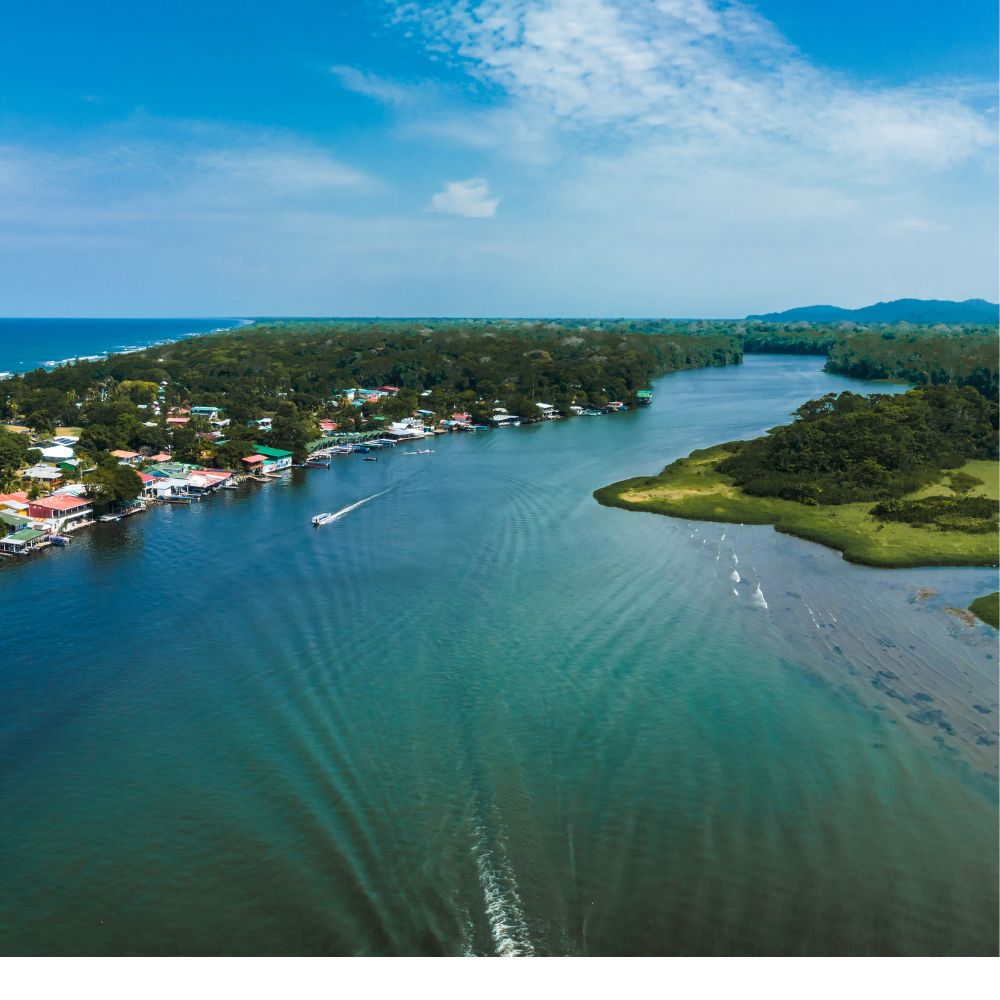
Introduction to Tortuguero
Tortuguero is a tropical haven. It’s a dream for any nature lover. When I first went to Tortuguero, it was so breathtaking that I was literally speechless. Each visit reveals something new and stunning.
It is usually chosen to be the first destination in itineraries as it is one of the most beautiful must see places in Costa Rica, yet very remote and isolated.
It does not have a road. .
Unique Experience in Tortuguero
- Biodiverse: Incredibly biodiverse and offers a unique way to see the forest.
- Birdwatching
- Butterflies, frogs and reptiles identification and sightseeing
- Garden and rainforest interpretations and Walks
- Night Tours
- Hiking in the Rainforest: You’re part of the environment, feeling blended into the forest.
- Boat Tours: Observing the forest like artwork from a distance. Different experiences on larger boats vs. canoes/kayaks.
Accommodation in Tortuguero
- Hotels:
- Packages: Three days, two nights or four days, three nights.
- Ideal for nature lovers, photographers, and bird watchers.
- Includes hotel pick-up and drop-off in San Jose.
- Downtown Tortuguero:
- Family-owned hotels and a lively atmosphere.
- Note: Noise from the town may disrupt the rainforest experience.
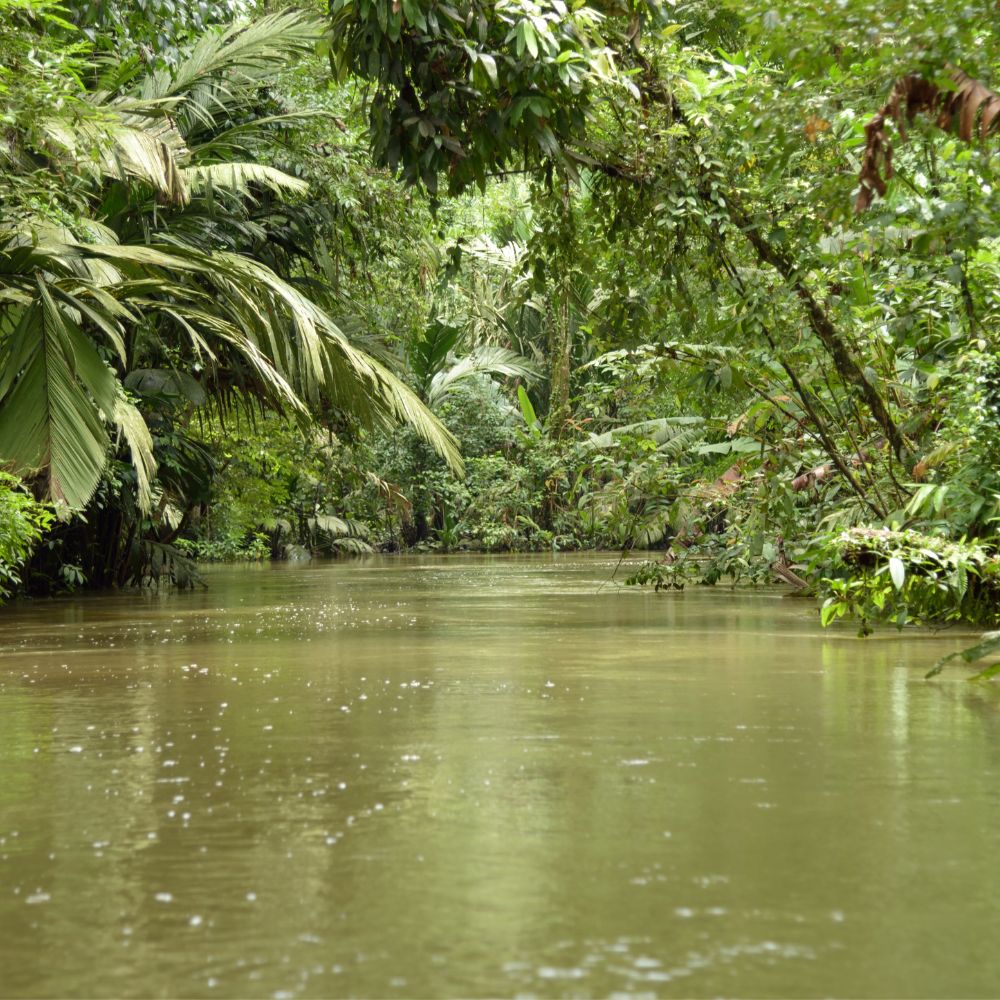
Activities in Tortuguero
- National Park: Nearly 200,000 acres (77,000 hectares), with 124,000 acres of protected water.
- Usual Activities:
- Hiking
- Kayaking
- Boat trips into the national park
- Canopy tours
- Coco tours
- Bird watching
Wildlife and Biodiversity
- Home to:
- 300+ bird species
- 60+ species of mammals
- 118 species of reptiles
- Four species of turtles
- Dozens of frogs and butterflies, including the blue morpho butterfly
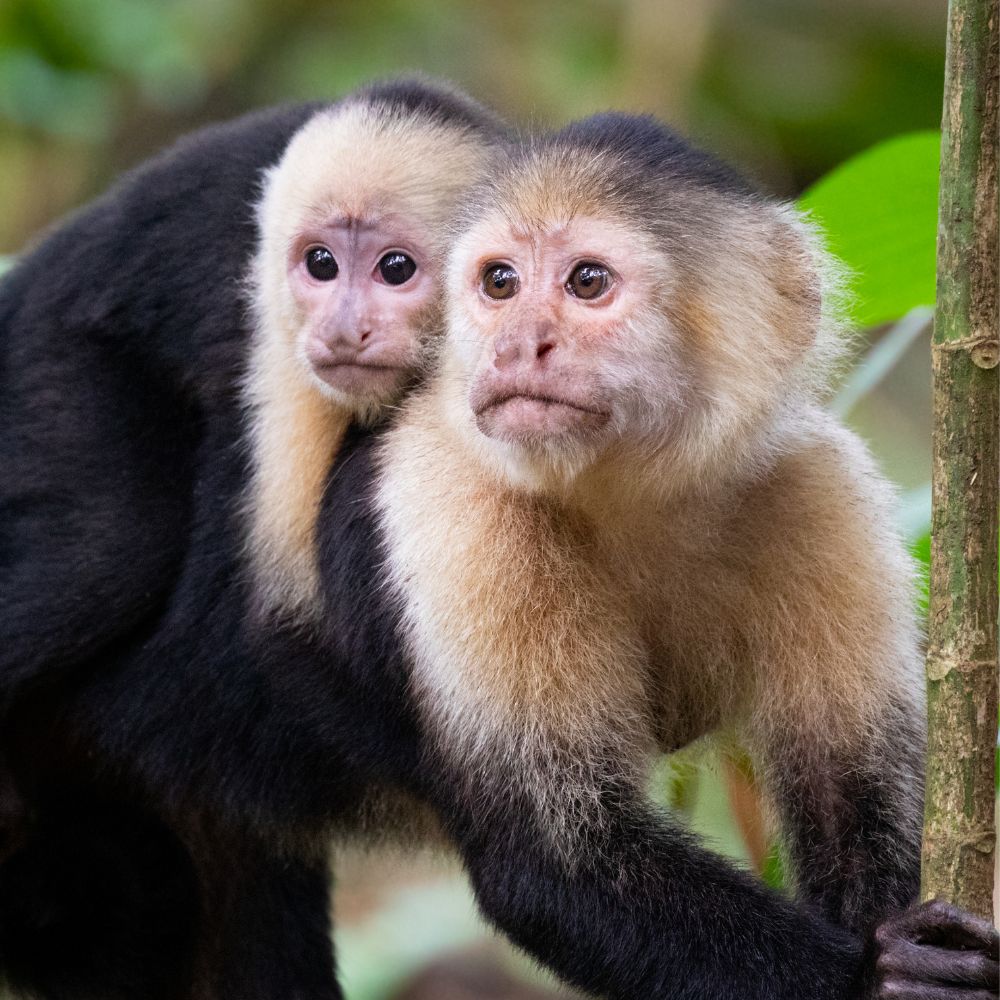
Weather and Conditions
- Weather: Super humid rainforest.
- Temperatures: 75 to 86 Fahrenheit (24 to 30 Celsius).
- Biodiversity: Visible even on rainy days, with sunny periods being especially magical.
Final Recommendations
- Camera Gear: Bring a good camera or phone lenses for macro photography.
- First or Last Destination: A must-see in Costa Rica, whether it’s your first or last stop.
I hope this works for you! Let me know if there’s anything else you need.
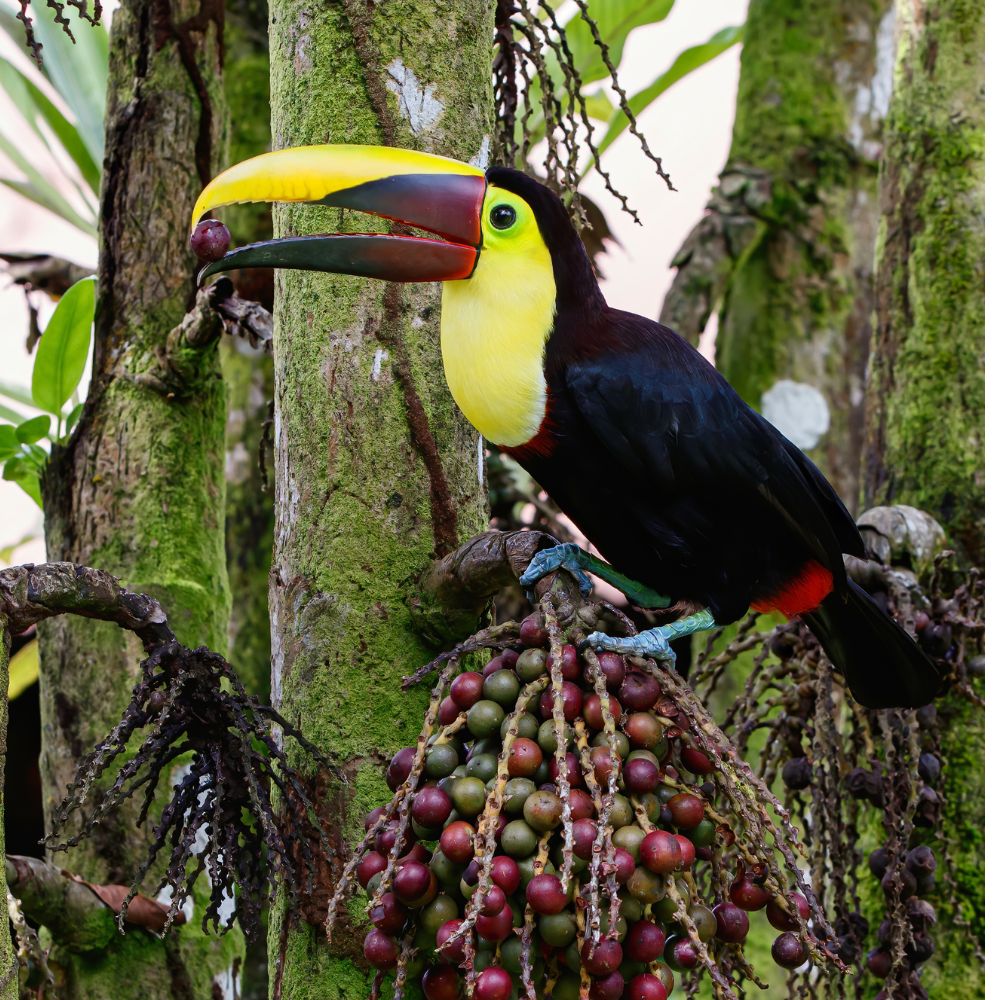
The transcripted podcast about Tortuguero as one of the first of the must see places in Costa Rica
Let’s talk about these must-see places in Costa Rica. And we’re starting with Tortuguero. Tortuguero is a tropical haven. It’s really the dream of any nature lover. When I first went to Tortuguero, it opened my mouth. It was so breathtaking, I couldn’t close it almost for hours, like I couldn’t talk. Literally speaking. And up until my last visit, which was a couple of years ago, I haven’t closed my mouth yet. It’s. Every time I go, I discover something new. It is just stunning. Other than that, it is incredibly biodiverse, and it has a way to see the forest that is very different from the usual.
A different way to see the rainforest, from hiking to sliding on a boat.
You see, when you go to hike in the rainforest, you are in; you are part of it. It’s like somehow the monkey within takes over; you know, somehow it’s; it’s a very inclusive sensation, so to say, you know, it’s; you’re part of it; you belong to the forest somehow. Either you are by yourself, which is actually the way I usually hike, especially if I know the place very well and you feel you’re part of it.

You feel that somehow this place blends you in. You know, while when you’re on a boat in the forest, it’s like looking at an artwork. It’s like you’re there, but at the same time you are in this secluded place.
When you’re hiking, you’re touching plans because you just pass through them. You know, somehow when, and then branches fall, you know, it’s just different.
And being on a boat, either on a boat with an engine with 15 other people, or being on a kayak or on a canoe, it’s a different feeling for both. I mean, when you’re on a bigger boat, which is the way I used to tour guide there, you still have your own little private paradise. But sometimes people talk.

Depending on the tour guide, they will want to give you a lot of information. You know, it’s that one thing, that one fact. When you have people around, when you have only two people with you or three people because you’re in a canoe, or when you are in a kayak, even better with a guide and everything because you cannot get in by yourself.
For me, this is enough of a reason to make Tortuguero National Park one of the must see places in Costa Rica.
But it’s like a very personal, close, and personal feeling, you know, to this work of art. It’s like you’re seeing it but you’re not in it. It’s a very weird sensation, but it’s so amazing. So I totally recommend you go.
If you’re going, you can go either with one of the hotels that are in the area. They will give you all the included packages, which are three days, two nights, or four days, three nights. The first one is better for people who don’t have time and who are not, you know, as fanatics. The latter, which I totally recommend for real nature lover photographers, especially your bird watchers, may enjoy three-night, four-day packages.
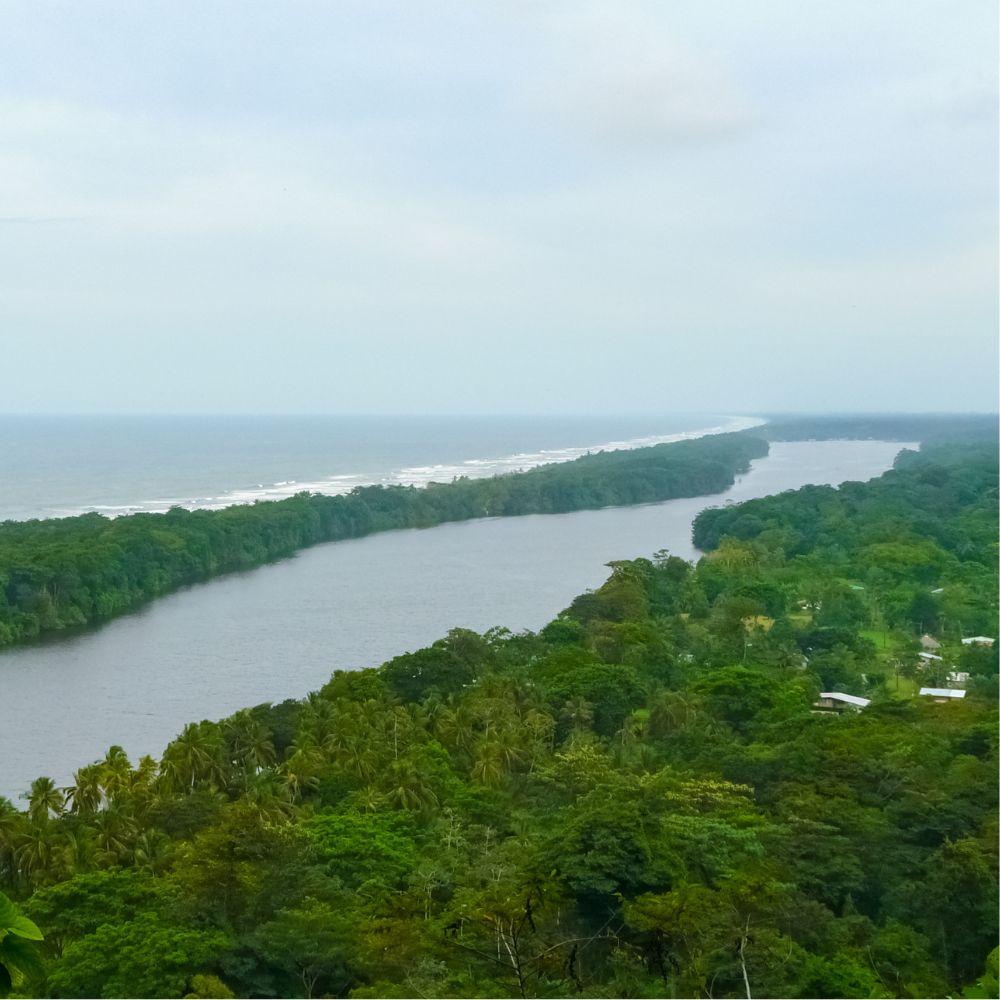
So you can choose one of these hotels that are either on the side of the beach or on the side of the national park, and you can stay with them. They’ll give you everything. They’ll pick you up at your hotel in San Jose, and they will bring you back to your hotel in San Jose.
They can bring you back also to set different places where you can catch your car rental or you can catch a local transfer to take you to the arena, volcano, or elsewhere. But it’s a choice.
The other choice, if you’re driving, is that you can also go to one of the piers, and you will have to find out about it. You can ask me, actually send me a note or a WhatsApp, and find out about which is the pier that they are using. Every now and then the river dries up, and so they have to temporarily go to one pier or another pier. So it’s important to find out where you are going. If you’re driving, you can stay in Tortuguero town, at the very entrance of the Tortuguero National Park.
Downtown, there are a few pretty good little hotels, usually family owned by local people. There are a few expats that have moved and integrated in the town of Tortuguero. The low side of the town of Tortuguero sometimes is the noise, at least in my experience.
I mean, if you are in the rainforest, you want to hear the rainforest sounds at night, not reggae. However, it is always humane, depending on your preferences. Want to listen to some reggae and want to go partying. So, you know, depending on your likes and wishes, I would highly recommend asking a little bit, you know, to research some more. If you would like to stay out of town or in town, I can find you some really good operators and some amazing experts that live in the area. Here in Tortuguero, or in any of the must see places in Costa Rica
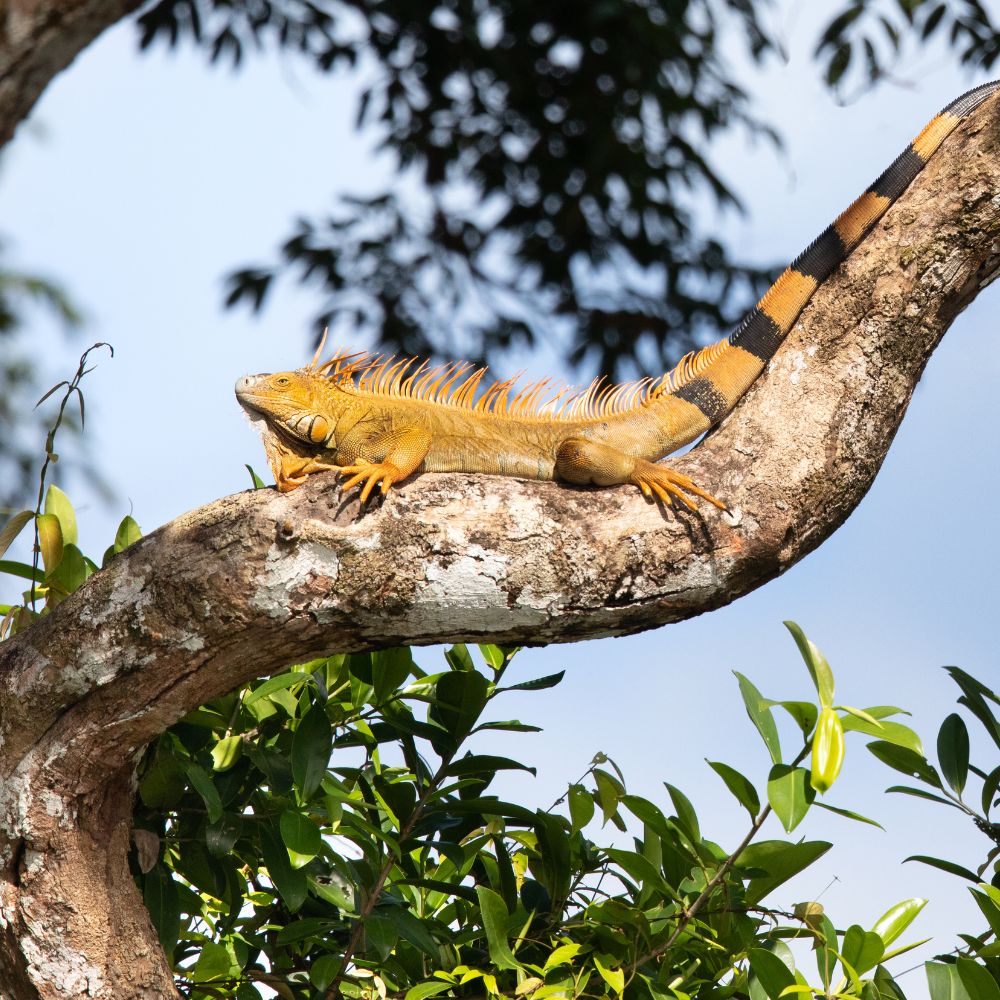
So having said that, let’s talk a little bit about the national park. The national park of Tortuguero. It’s a little bit under 200,000 acres, which is 7,76,000, actually 77,000 hectares. But out of this, 124,000 acres are in the water.
Meaning that nobody can fish there; nobody can catch turtles or fish there. You know, it’s there; it’s all the water protected so that the turtles can be safe to lay their eggs. Coming to Tortuguero, it’s part of the main conservation projects in the area.
So what do we do when we get to Tortuguero? What are the usual activities? Usually, of course, you have hiking and kayaking, and you usually go to the hotels and packages that I told you about; they usually include one or two trips into the national park by boat. And then you have. Actually, there is; I think that there is a canopy tour somewhere.
There is a fantastic with a capital F Cocoa tour that I highly recommend. I will bring an expert to discuss this tour, as it is truly fascinating. Then you have, of course, bird watching. It is a paradise for photographers. If you are into macro tropical nature, just simply take your breath away. Wherever you see a picture, it’s stunning. I used to take a lot of photography in Tortuguero, and it was like a never ending game.
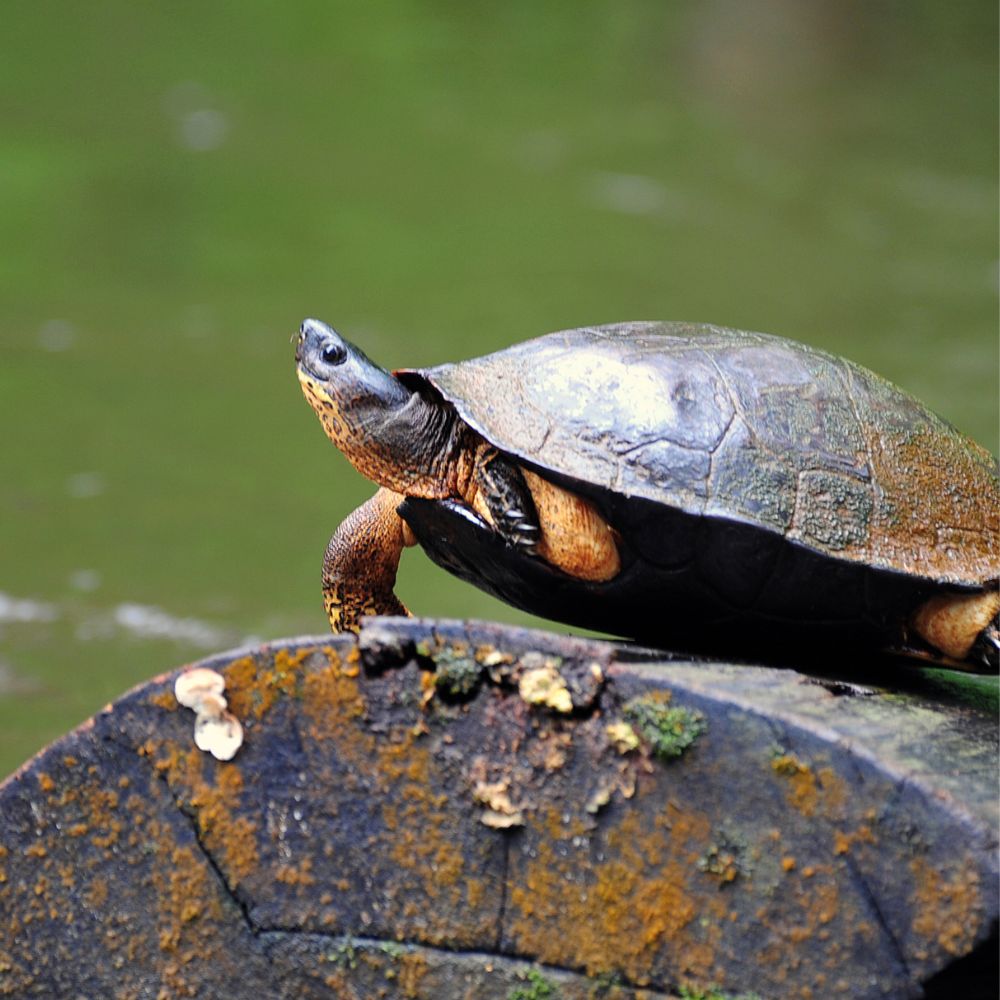
It’s really an amazing place to take pictures when you are anywhere in Tortuguero. But when you’re in any of these hotels, close to the beach or close to the rainforest, you’re so used to seeing animals up on their gardens. You know, you iguanas and basilisks and sloths, it’s, it’s like, it’s. You’re so in the jungle there.
So just being there, it’s an activity on its own. And I super recommend you to have some time for it because it’s wherever you look you will find something. Bring a good camera or have some lenses for your phones because it’s really a place to take macro.
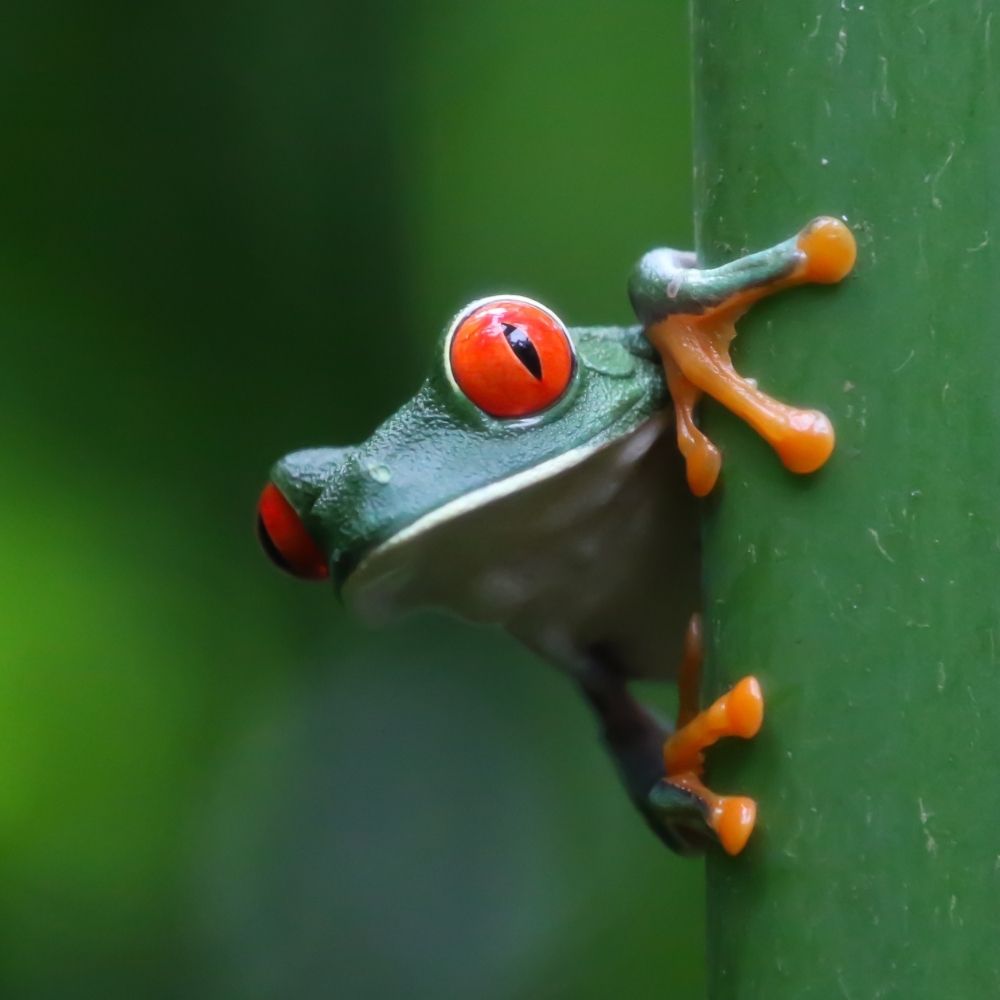
Okay, let’s talk about good lenses. If you possess a high-quality camera, such as a 500 or higher, you will derive immense pleasure from capturing the fleas in the sloths’ fur.
So anyways, let’s talk a little about weather and biodiversity. The weather in Tortuguero is super humid. It’s. The forest is a rainforest. It’s mosquito coast. Actually. The movie was supposed to be set very close to Tortuguero in Nicaragua, but very close to Tortuguero Mosquito Coast, Harrison Ford. It’s a movie from the 70s. I never watched it, but it was; it pictured the rainforest as hell. Anyways, it’s very close to where we are talking about. Usually the temperatures range from 75 to 86 Fahrenheit, which is 24 to 30 in Celsius.








